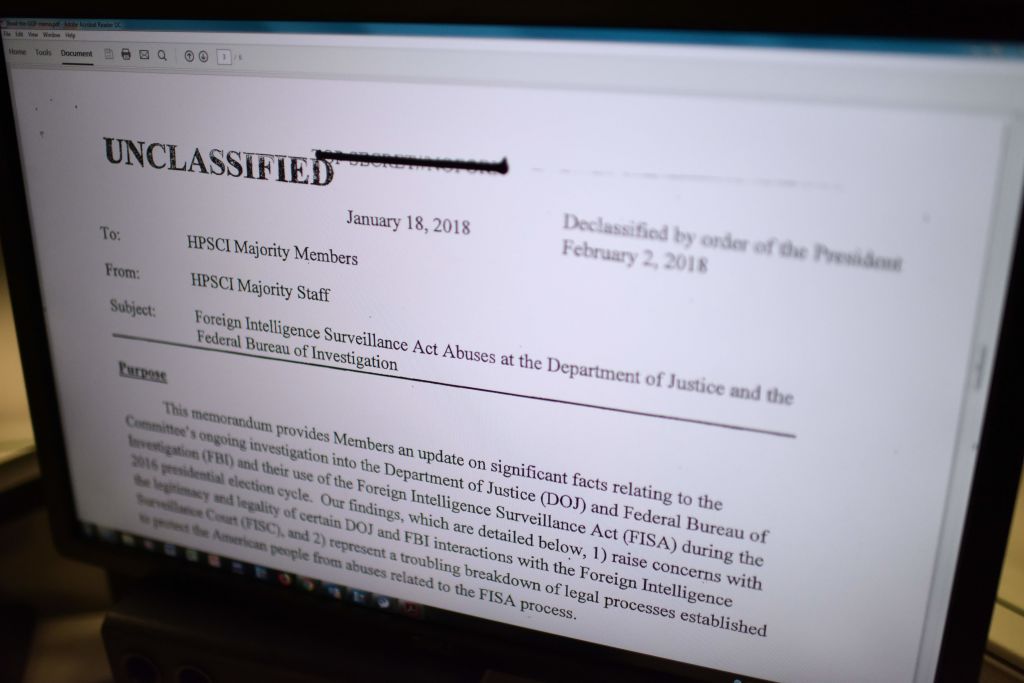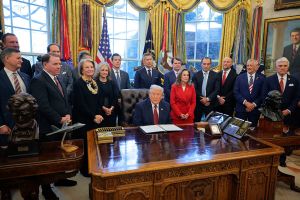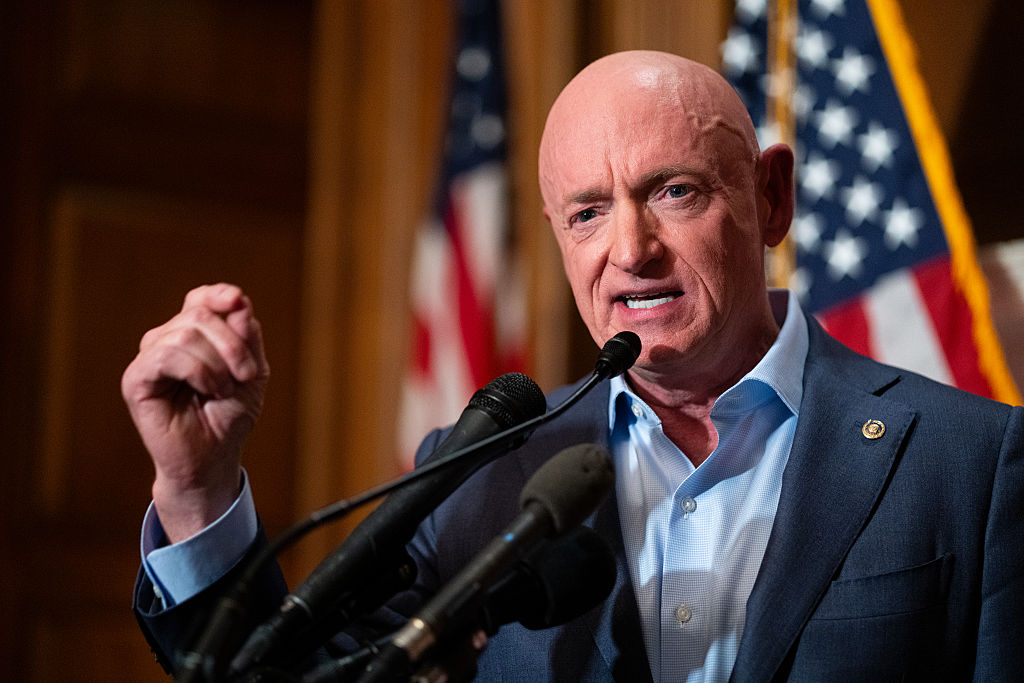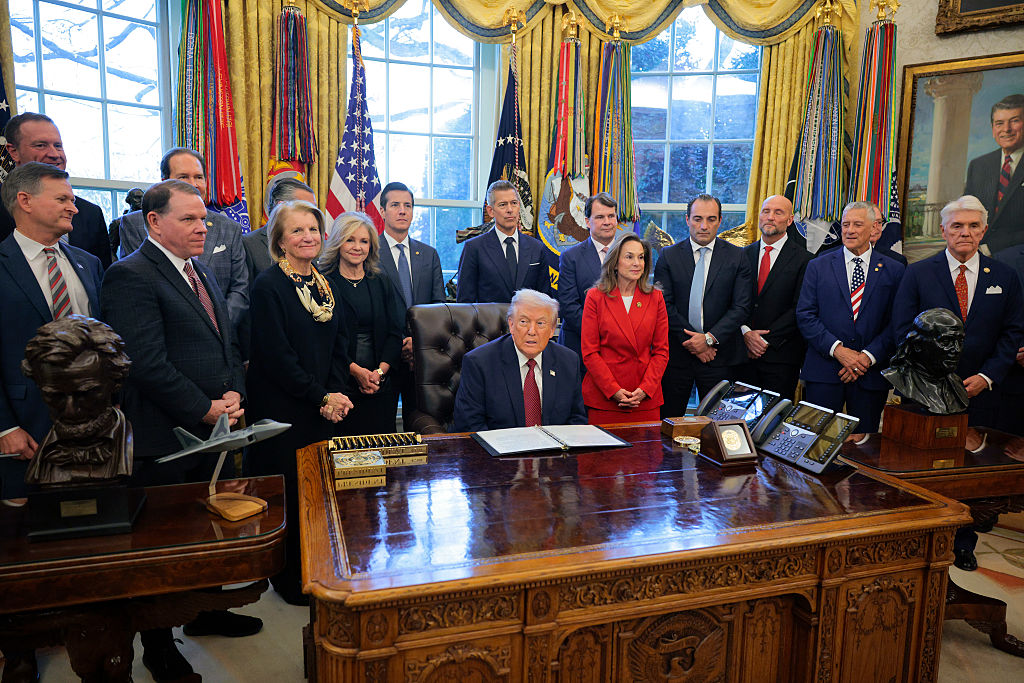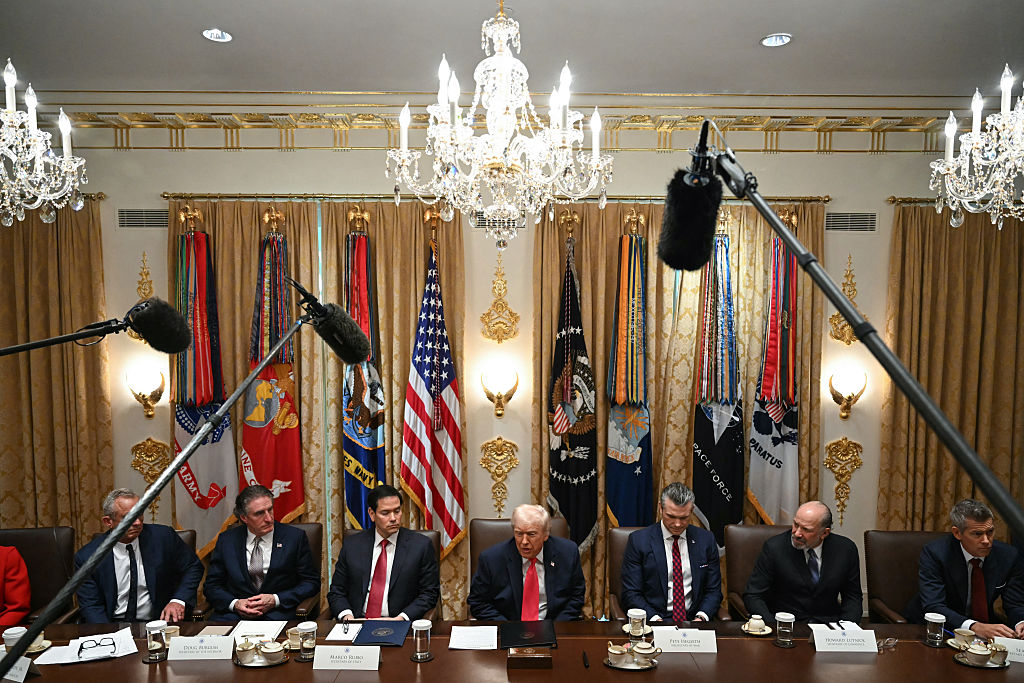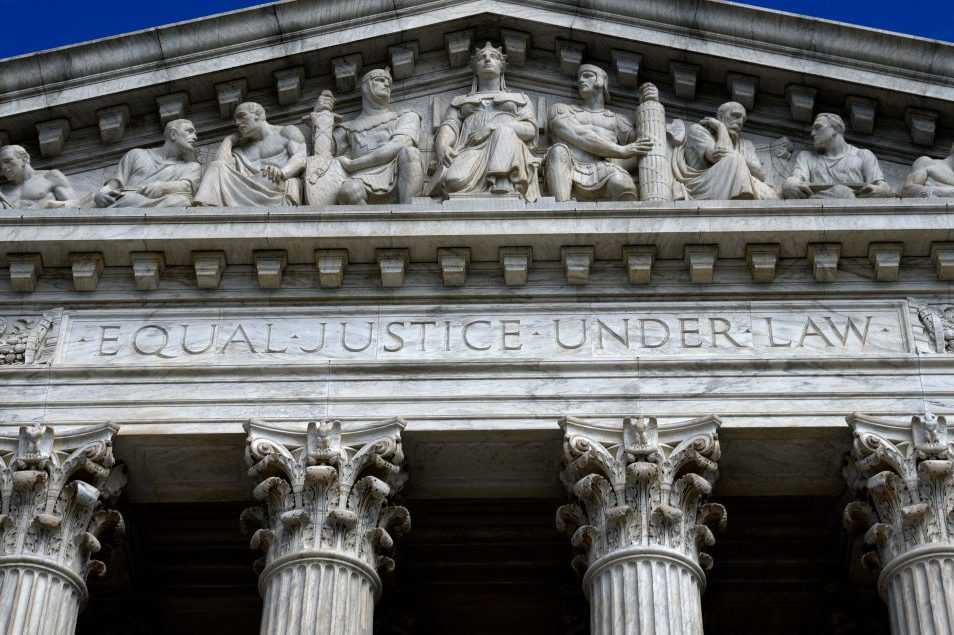What is a classified document? Donald Trump seems to have lots of them — and the FBI sure wants them back.
In the wake of my first book critical of the State Department’s Iraq Reconstruction program, Diplomatic Security began a deep dive into my life in an attempt to find something over which to prosecute me. A colleague passed on a bit of personnel gossip via his official email to my Yahoo! Account — and the chase was on.
Diplomatic Security claimed I was in possession of “classified” material at home and referred my case to the Justice Department. The email in question was simply labeled “For Official Use Only,” or FOUO, a standard tag then automatically applied to all email sent by State in the unclassified system. A wholly separate email system existed for true classified — Confidential, Secret, Top Secret — messages. FOUO was a non-standard “classification” made up by State and was being used to pin me against the wall and force me to resign under threat of prosecution. Luckily someone familiar with classification law at the Department of Justice prevailed — and I was not charged. The so-called “secret” in the email, that a mutual friend thought someone’s boss was a jerk, stays safe with me to this day.
The classification system for national security documents, while designed to identify documents to protect from people without the proper clearances, including foreign intelligence officers, has been often misused over the decades. It’s very easy to slap a classified label on a document — persons using the State Department’s classified email system must classify what they write as either Confidential, Secret or Top Secret. If the document does not fit those categories it does not belong on the “class system” to begin with, though this is often misused as well. State workers who use the class system almost exclusively for their work might pass on a lunch invitation via the same system to avoid jumping from computer to computer.
Many documents correctly classified on creation, such as a military convoy movement time, lose their secretness within a few hours after everyone sees the convoy rumbling down the road. The classified bit was knowing in advance the convoy would depart a certain place at a certain time and after that passed, meh.
Lastly, documents are often over classified for ego purposes, the sender feeling more important if his pet project is labeled Secret as opposed to FOUO or simply left unclassified. That all said, some documents deserve their classification and more, particularly those which reveal sources and methods, say the name of our agent deep inside Vladimir Putin’s inner circle. Stuff like that is rarely ever even put into writing; if the president wants to know, he is usually orally briefed.
Classification can also be misused in other ways, say to “hide” a document from future Freedom of Information Act searches and delay its release. Important people like to think they do important things and rightly or wrongly most of what the president or the secretary of state touches ends up classified at some level. Over classification thus plagues the government, slowing down the legitimate transfer of information.
Except for the president, once classified it is very hard to unclassify or downgrade a document not subject to automatic declassification. Anyone can create a classified document by slapping the word Secret on it, but very few people can later take that document and change it to unclassified. The assumption is the original classifier was correct.
The biggest exception of them all is the president himself, who holds the authority to change or declassify documents. This is not done willy-nilly; there is a process to follow which leaves a decision trail and usually includes some sort of consultation with the organization (State, CIA, DoD) which originated the document. The president cannot wave his hand over a storage unit of banker’s boxes and declassify the lot. Also, the president can unilaterally authorize officials from a foreign government to receive classified national security information. It is a very broad mandate, stemming from the fact that the entire classification system is based on Executive Orders more than law. Of course there are also the questions of “legal” and “sensible” that apply to all presidential actions but the latter is up to the voters, not the FBI, to decide.
Classified documents are supposed to be stored in classified containers (safes) or spaces (up to bank-like vaults.) All these rules about classified documents are taught to you as part of being issued a security clearance, though in practice people like the president or secretary of state have staffers who take care of producing, storing, and disposing of classified.
If a breach occurs, the first question is not nyah nyah nyah you got caught! — but: what level of document was exposed, and how was it exposed? Did you inadvertently leave it out on your desk instead of putting it into a safe inside the guarded embassy during lunch, or did you intentionally publish it to your Instagram? Was it an out-of-date means-little document or a current list of human assets in Ukraine? How much damage was done and what was the intent? Because there’s classified, and then there’s classified, bubby. Those maximum penalties bandied about by the media would typically require a significant exposure with intent to do harm.
People inside government and the military commit security violations all the time, almost all minor and inadvertent. Punishments can be as mild as being told not to do it again, up to loss of pay and forced time off to actual loss of job and even prison. But you gotta work at it to go much further than your own boss and the security team.
We don’t yet know exactly what documents were found at Mar-a-Lago. We also don’t yet know what classification they individually held or how they were stored, though according to the Wall Street Journal, FBI agents recovered “eleven sets of classified documents, including some marked as top secret and meant to be only available in special government facilities.” We do know Trump as president had the authority to declassify any of them, something which will figure into any defense he has to make. We also know the type of document and what it contains matter a lot in any penalty which may follow the FBI raid. We also know what Trump did with the documents is critical. If they never left a dark, locked basement storage area at Mar-a-Lago and were likely not reviewed by anyone since leaving the White House, punishment will be unlikely unless politics interferes.
Since millions of government employees have at one point handled and mishandled classified, there is plenty of precedent out there on action and punishment. For example, one of the most well-known cases is Sandy Berger, former national security advisor to President Bill Clinton, who stole classified documents from a secure reading room at the National Archives. He pleaded guilty in 2005 to a misdemeanor charge of unauthorized removal and retention of classified material (via the Espionage Act, the same charge the media says Trump may face) and was sentenced to probation, community service and a fine. General David Petraeus received only probation for intentionally sending highly classified military documents via commercial email to his lover-cum-biographer.
Former secretary of state Hillary Clinton maintained an unsecured private email server which processed classified material on a daily basis. Her server held at least 110 known messages containing classified information, including email chains classified at the Top Secret/Special Access Program level, the highest level of civilian classification, that included the names of CIA and NSA employees. The FBI found classified intelligence improperly stored and transmitted on Clinton’s server “was compromised by unauthorized individuals, to include foreign governments or intelligence services, via cyber intrusion or other means.” Yet Clinton was neither prosecuted nor penalized. Any prosecution of Trump would need to address that precedent.
All this needs to be kept in mind when evaluating the FBI raid at Mar-a-Lago. The FBI, its reputation already in tatters post-Russiagate, might also have kept it in mind before deciding to stage another likely losing full-on assault against Donald Trump.



